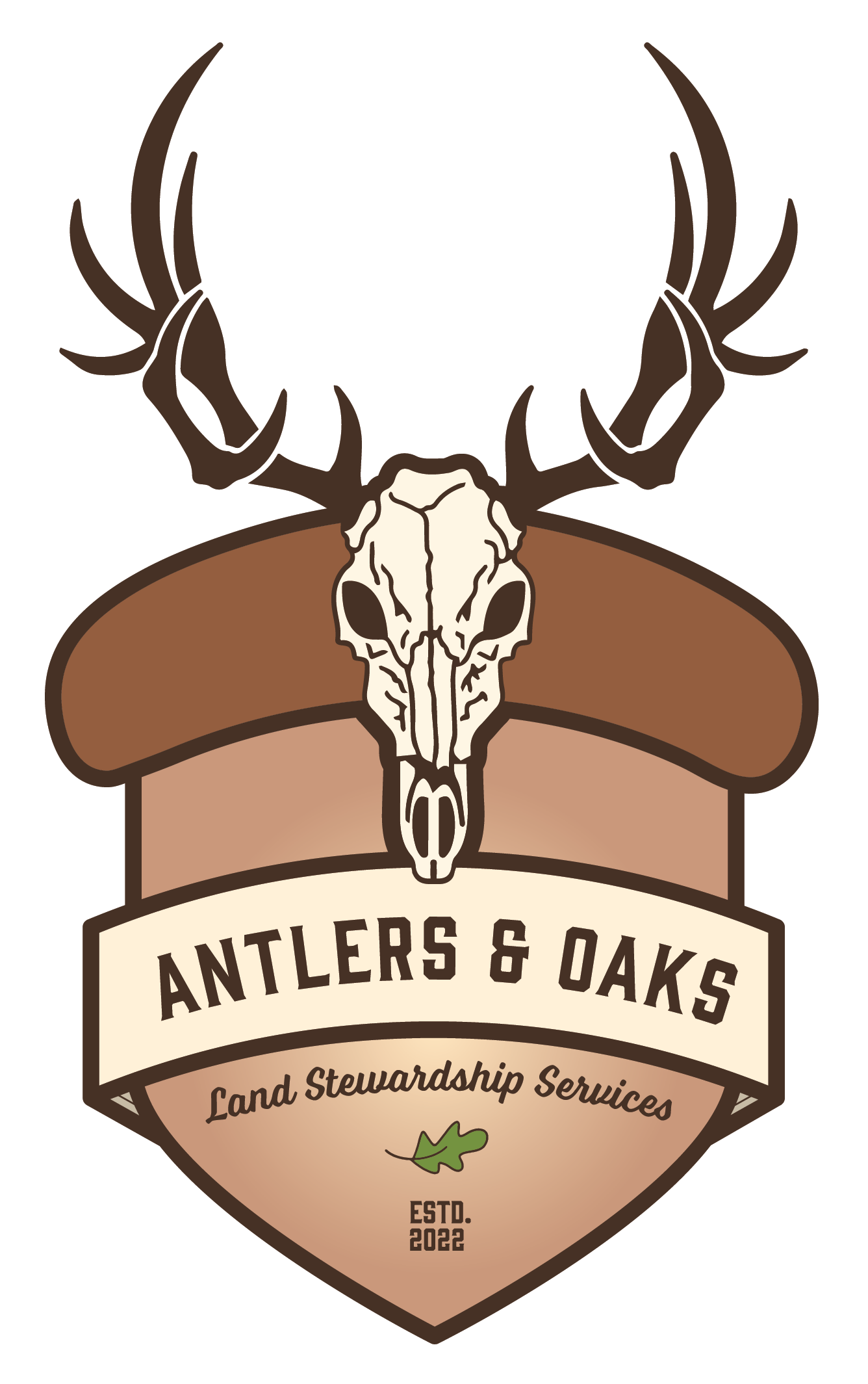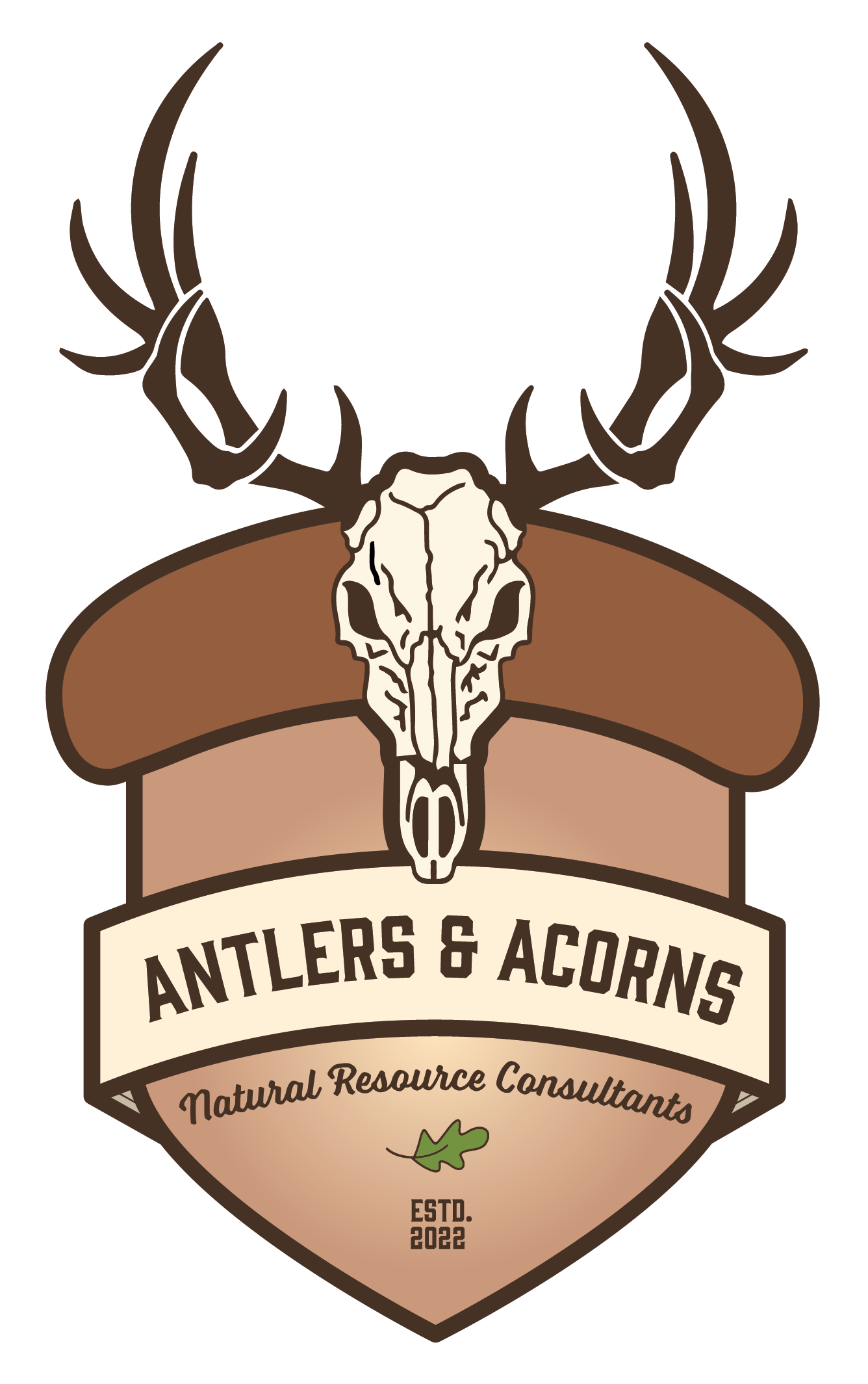Eastern Wild Turkey Habitat: Managing Your Oak Woodlands for Mast Production
The fall season is quickly approaching. Many outdoors enthusiasts’ favorite time to get afield is during this season – especially hunters. From the opening days of dove season in September, through fall deer season, we seek out these diverse habitats where we hunt. Avid hunters know and appreciate the importance of the food produced in our oak woodlands. Nearly all game species we pursue in the Midwest depend on the acorn crop from our oak trees.
Fall is also a time to observe and plan for management practices of these critical habitats. The habitats of eastern wild turkeys are no exception. A common question for managing oak woodlands, is “What is the best density of oak trees in the woodlands on my property?”
This is an excellent question for two reasons. One is the health of the trees in these habitats, and two is for the benefit of wildlife that depend on the food produced by these trees. As for the best density for oaks in turkey management, there is no definitive answer to this question. However, depending on soil types, topography, aspect of the land, and the composition of the various oak species, it is best answered in a range of densities. “Basal area” is a measure of the cross-sectional area of trees at breast height (4.5 feet above the ground) per unit of land area (usually an acre). It is used to estimate the density and volume of forest stands. The basal area can vary depending on the size, number, spacing, and distribution of trees in a stand.
Generally speaking, lower basal areas (40 to 60 square feet per acre) allow more light to penetrate the woodland canopy and reach the forest floor. Doing so, stimulates the growth of understory vegetation that provides food and cover for turkeys. Higher basal areas (80 to 120 square feet per acre) provide more mast (acorns) production from oaks and other hardwoods but reduce the understory diversity and quality. Therefore, a balance between these two extremes is desirable for the turkey habitat.
One way to achieve this balance is to use uneven-aged management techniques that create a mosaic of different age classes and sizes of trees within a stand. This can be done by using selective harvesting methods such as single-tree selection or group selection that remove individual trees or small groups of trees based on their diameter or quality. This creates openings or gaps in the canopy that allow light to penetrate and stimulate understory growth while maintaining a continuous cover of mature trees that produce mast.
Another way to achieve this balance is to use even-aged management techniques that create stands of similar age and size classes of trees within a stand. This can be done by using clearcutting or shelterwood methods that remove all or most of the overstory trees in one or two harvests. This creates large openings or clearings that allow abundant light to reach the forest floor and stimulate the rapid regeneration of new trees and understory vegetation. However, this also requires leaving some residual trees or creating adjacent stands of mature trees that can provide mast production and roosting sites for turkeys.
The choice between uneven-aged or even-aged management depends on several factors such as landowner objectives, site conditions, stand characteristics, market opportunities, wildlife preferences, and aesthetic values. A professional forester or wildlife biologist can help you decide which method is best for your situation and goals.
At Antlers & Oaks – we can help you learn more about the mast-producing trees and shrubs for eastern wild turkeys. We can also develop recommendations for the best density of oak trees in turkey management on your property. If you have any other questions about wild turkeys or their habitat on your land, send us an email and we can explore some of your options. I look forward to hearing from you.

